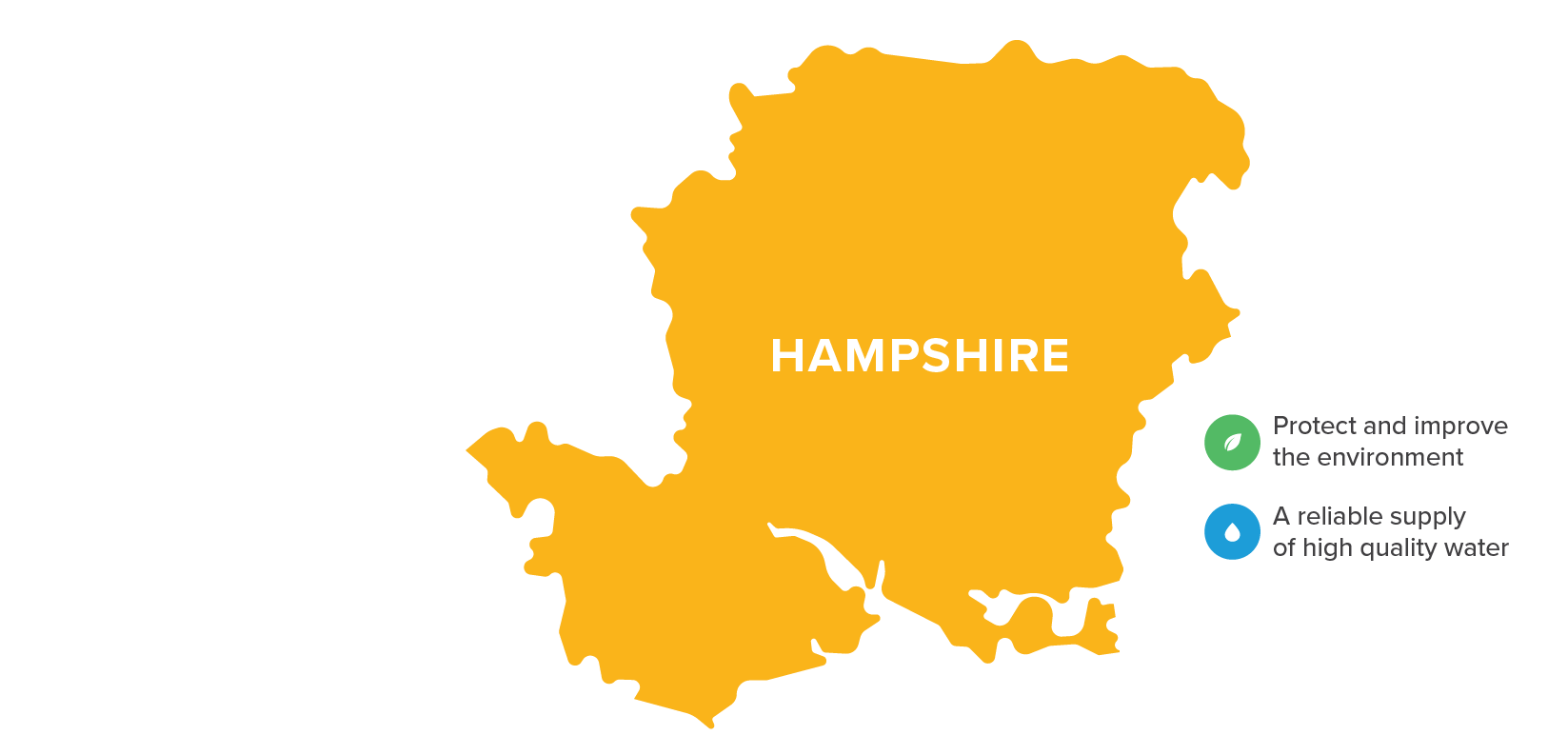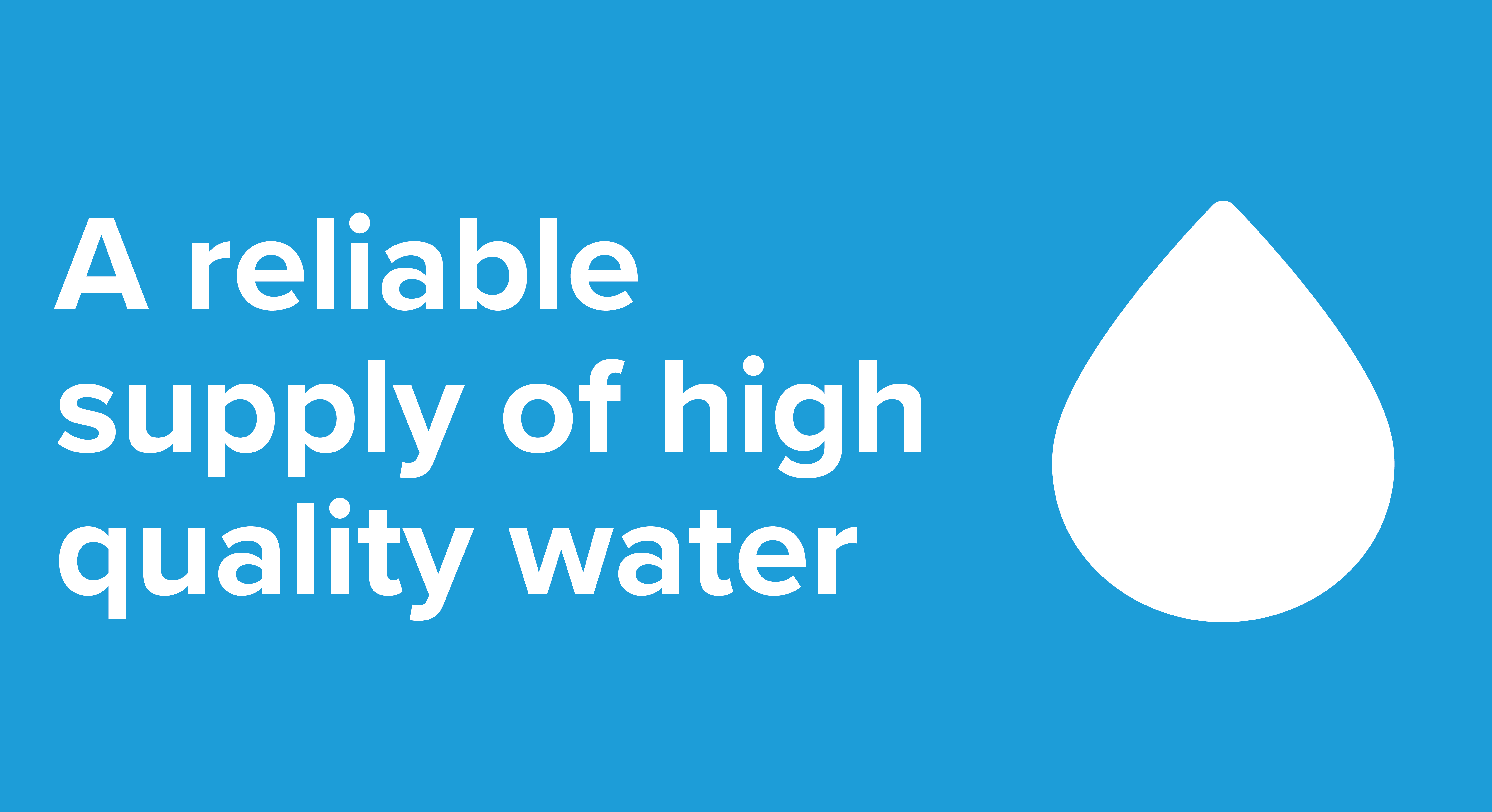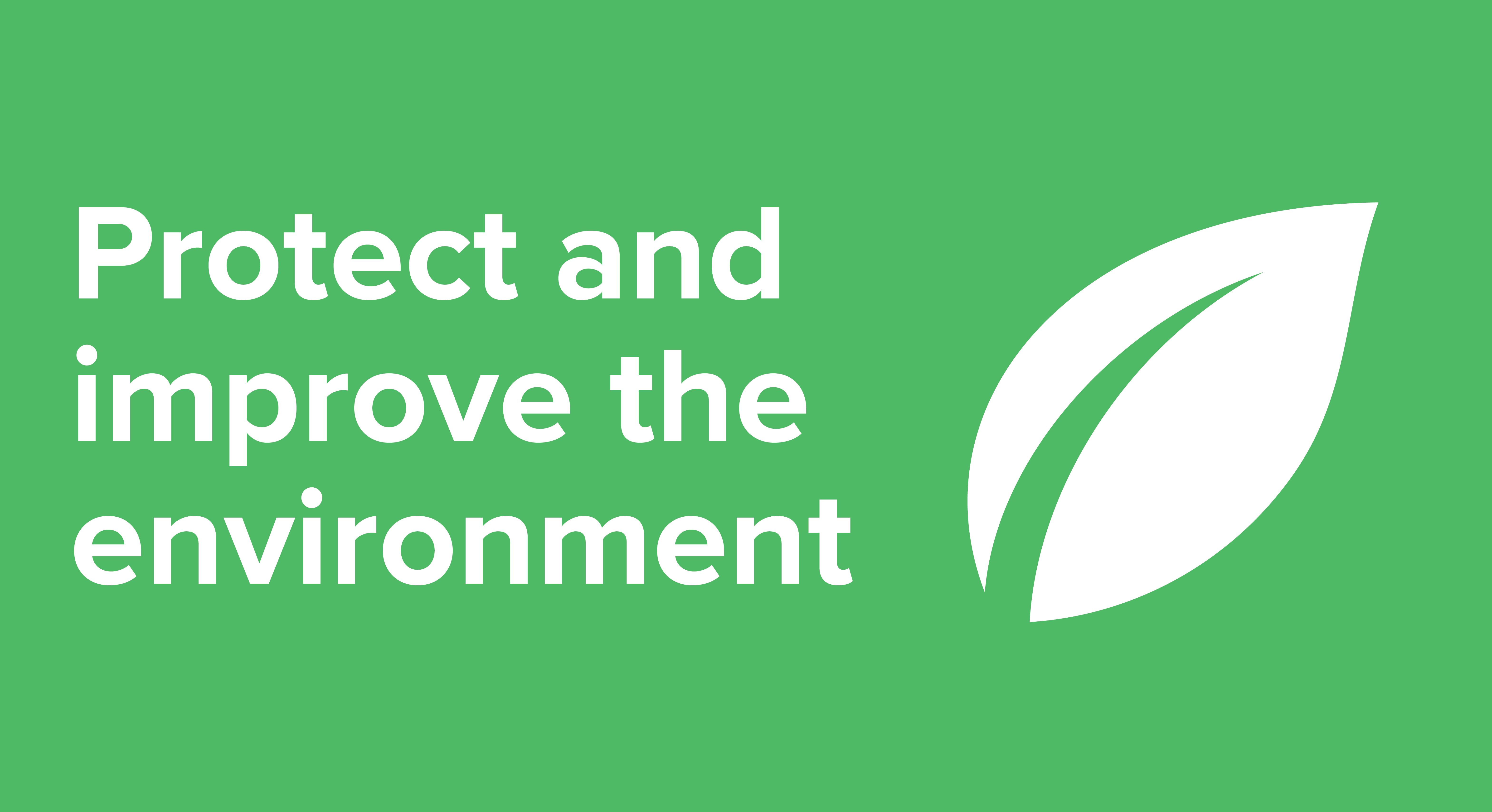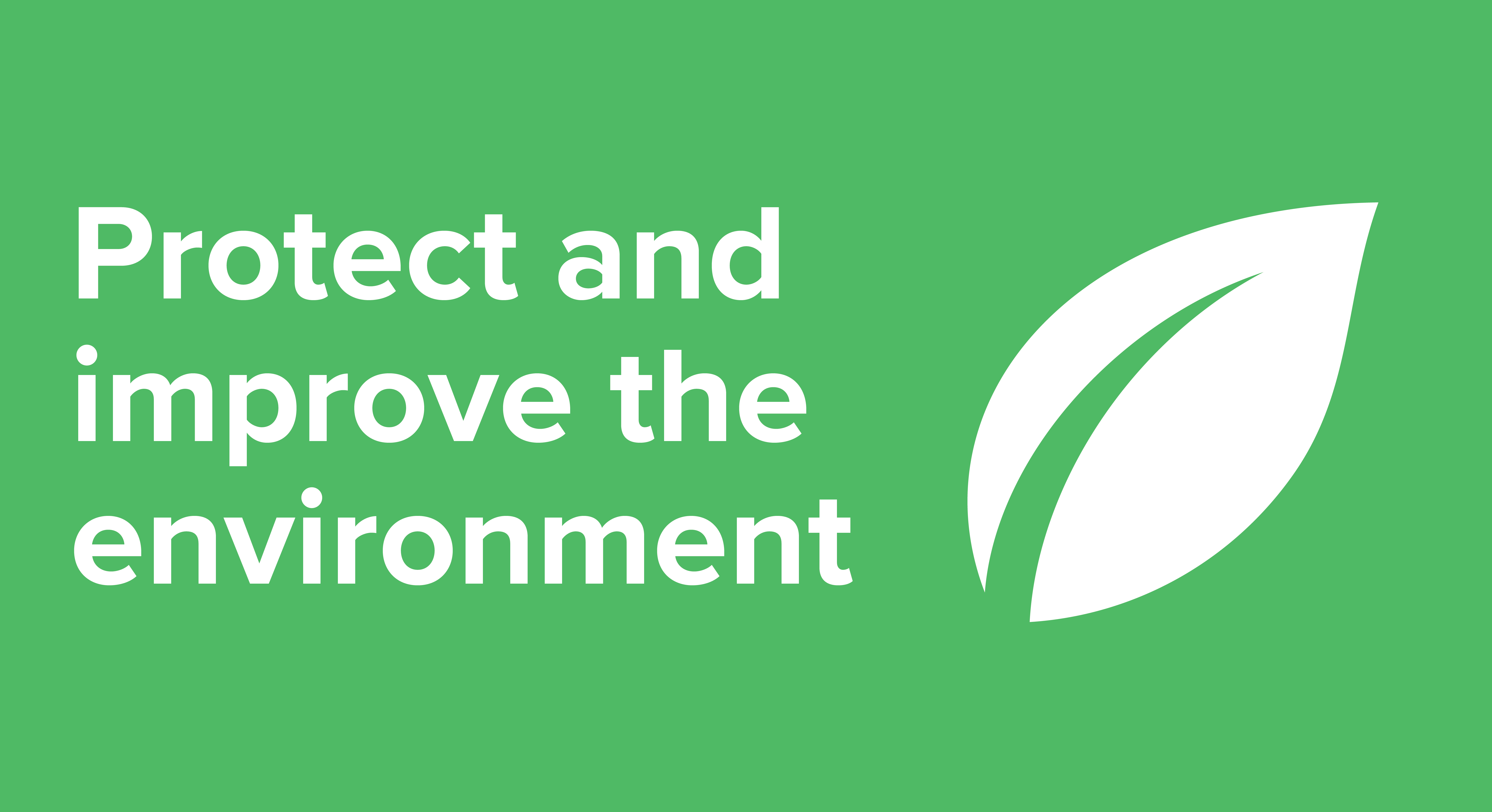A more reliable water supply
To future-proof our network and reduce the risk of supply interruptions, we’re replacing approximately 15km of water mains across Hampshire, focusing on locations that have experienced a high number of bursts.

Across Hampshire, we're protecting precious chalk streams and looking after your water supply, while reducing pollution and storm overflow releases.
We’ve listened to where customers in the area wanted to see improvements. Across Hampshire we’re investing to protect local rivers, such as the Test and Itchen, reduce storm overflow releases and flooding, and maintain high-quality drinking water standards.
By building a new 17km pipeline between Otterbourne and Southampton, and funding a new reservoir at Havant Thicket, we can take less water from the local environment.
In Portsmouth we’re installing sustainable drainage systems in schools – these include raingardens and planters – reducing storm overflow releases and flooding. We're also continuing to provide you with high-quality drinking water, investing £160 million to upgrade our Testwood Supply Works.


To future-proof our network and reduce the risk of supply interruptions, we’re replacing approximately 15km of water mains across Hampshire, focusing on locations that have experienced a high number of bursts.

We’re reducing storm overflow releases from our Petersfield Wastewater Treatment Works. We’re also improving river health at Liss, by removing more phosphorous from the water we return to the environment.

In North West Hampshire, we’re protecting local rivers by removing nitrogen from water we return to the environment and increasing capacity at our Overton and Whitchurch Wastewater Treatment Works. We’re also carrying out an Ecological Resilience Scheme – focusing on enhancing biodiversity and local habitats – at Kingsclere Brook.

To minimise pollutions from bursts and site failures, we’re upgrading our Chickenhall Wastewater Treatment Works. This includes improving our monitoring to reduce the likelihood of emergency storm overflow releases. We’re also removing more nitrogen and phosphorus from the water we return to the environment, preventing algal growth which can harm aquatic life, such as fish.

We’re reducing the risk of supply interruptions by making the water supply works at Andover, Twyford and Barton Stacey more resilient to changes in water quality, avoiding site shutdowns. We’re also installing new treatment technology to remove more microorganisms, to make sure we continue to provide customers with high-quality drinking water.

We’re reducing storm overflow releases by increasing capacity at Budds Farm Wastewater Treatment Works and improving the treatment process, enhancing local water quality — it’s all part of a £208 million investment in Portsmouth and Havant.

To protect local shellfish waters, we’re upgrading our Southwick Wastewater Treatment Works. We’re also improving the reliability of our network and preventing pollution incidents by replacing the rising main at Fareham Road's Wickham Wastewater Pumping Station, as part of a £132 million investment in Fareham.

We’re reducing supply interruptions and protecting water supplies, by making improvements to our Testwood and Otterbourne Water Supply Works. We’re also building a new water transfer pipeline between the two sites, moving water to where it’s needed the most.


To future-proof our network and reduce the risk of supply interruptions, we’re replacing approximately 15km of water mains across Hampshire, focusing on locations that have experienced a high number of bursts.

We’re reducing storm overflow releases from our Petersfield Wastewater Treatment Works. We’re also improving river health at Liss, by removing more phosphorous from the water we return to the environment.

In North West Hampshire, we’re protecting local rivers by removing nitrogen from water we return to the environment and increasing capacity at our Overton and Whitchurch Wastewater Treatment Works. We’re also carrying out an Ecological Resilience Scheme – focusing on enhancing biodiversity and local habitats – at Kingsclere Brook.

To minimise pollutions from bursts and site failures, we’re upgrading our Chickenhall Wastewater Treatment Works. This includes improving our monitoring to reduce the likelihood of emergency storm overflow releases. We’re also removing more nitrogen and phosphorus from the water we return to the environment, preventing algal growth which can harm aquatic life, such as fish.

We’re reducing the risk of supply interruptions by making the water supply works at Andover, Twyford and Barton Stacey more resilient to changes in water quality, avoiding site shutdowns. We’re also installing new treatment technology to remove more microorganisms, to make sure we continue to provide customers with high-quality drinking water.

We’re reducing storm overflow releases by increasing capacity at Budds Farm Wastewater Treatment Works and improving the treatment process, enhancing local water quality — it’s all part of a £208 million investment in Portsmouth and Havant.

To protect local shellfish waters, we’re upgrading our Southwick Wastewater Treatment Works. We’re also improving the reliability of our network and preventing pollution incidents by replacing the rising main at Fareham Road's Wickham Wastewater Pumping Station, as part of a £132 million investment in Fareham.

We’re reducing supply interruptions and protecting water supplies, by making improvements to our Testwood and Otterbourne Water Supply Works. We’re also building a new water transfer pipeline between the two sites, moving water to where it’s needed the most.